Best Fluorocarbon Fishing Line: Top 12 Reviewed & Buyers Guide
Ever since entering the scene in the 1970s, fluorocarbon fishing lines have become a favourite among anglers for their superior strength, invisibility in water and abrasion resistance. As such, many of the top fishing lines on the market today are made from fluorocarbon, making it hard to decide which one is best for your needs. Along with a variety of strengths and spool sizes, there are also different formulations and brands dedicated to specific angling techniques and situations.
Although fluorocarbon lines might not be as strong as braided lines or as consistently manageable as monofilament lines, they still offer advantages over both options. So, if you’re a serious angler and want to improve your overall game, then you should definitely include a fluorocarbon fishing line in your arsenal.
In this guide, we’ll look at some of the best fluorocarbon fishing lines available today and a couple of buying considerations, so you can pick the line that best suits all your fishing needs.
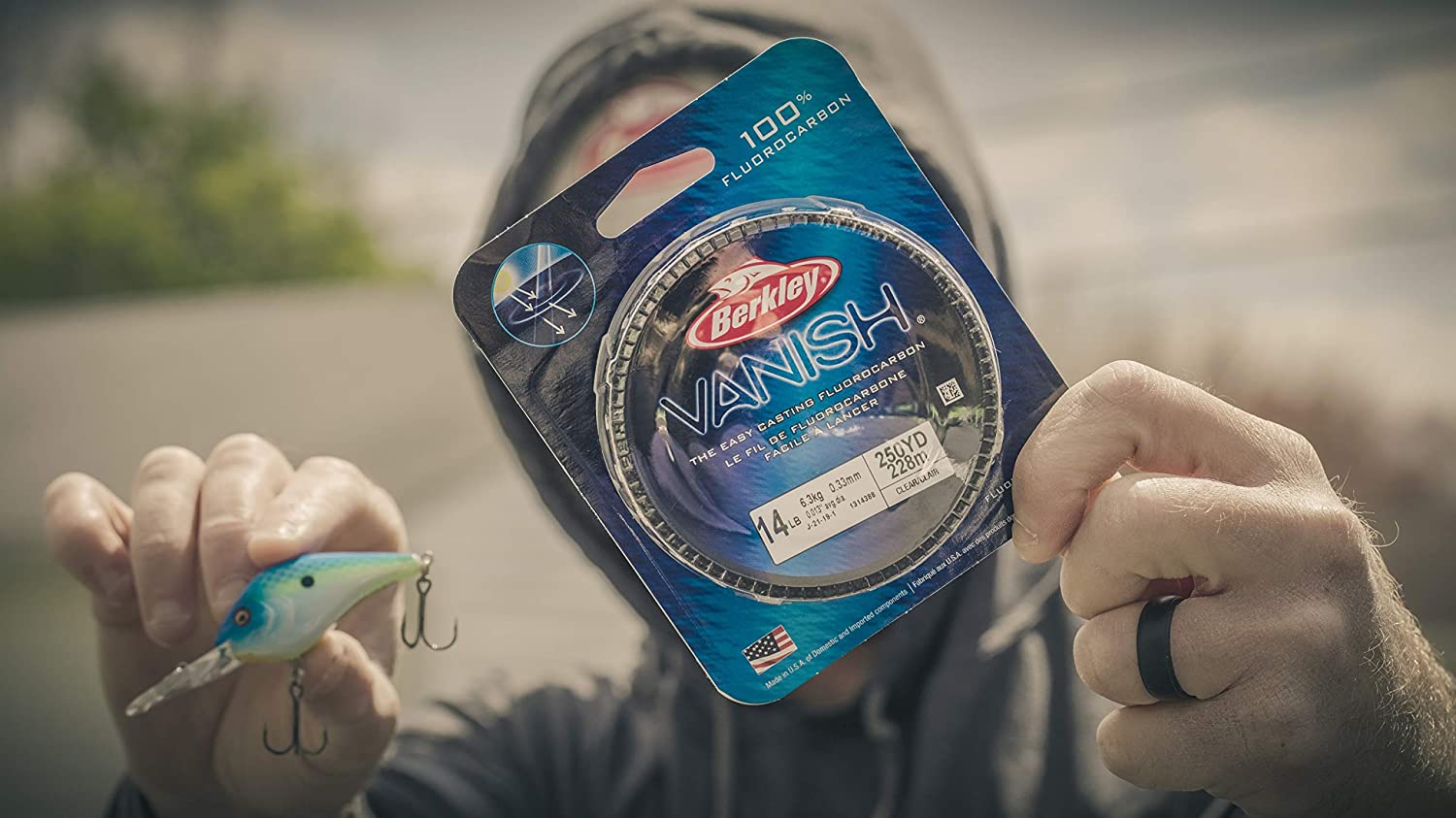
Top 12 Best Fluorocarbon Fishing Line
Whether you’re using it as a leader line or mainline, fluorocarbon is quickly becoming a favorite amongst many anglers for a wide variety of fishing situations.
However, not every fluorocarbon fishing line is made equally. So, to help you narrow down your options, we’ve reviewed 12 of the best fluorocarbon fishing lines today:
Disclosure: We only endorse products we’ve personally used or that have come highly recommended by our trusted peers. We’re proud affiliates for some of the products on our site, and as such, we may get a small commission if you purchase through one of our referral links. However, there’s no extra cost to you. Check out our affiliate disclaimer in our Privacy Policy if you’d like to learn more.
Seaguar Blue Label Fluorocarbon Leader Fishing Line
The Seaguar Blue Label Fluorocarbon line is an excellent option for both salt and freshwater applications. The line combines two resins for a dual-structured fluorocarbon, ensuring high abrasion resistance, exceptional strength, and low visibility.
The various line tests make the Seaguar Blue Label Fluorocarbon fishing line extremely versatile as well. So, whether you’re using it as a leader to catch tuna or a five-foot leader for quick, line-shy bass, this line will deliver exactly what you need.
Final Thoughts
The Seaguar Blue Label Fluorocarbon Fishing Line sinks incredibly quickly once it hits the water, offers excellent abrasion resistance, and turns essentially invisible when wet, earning it the top place on our list of best fluorocarbon fishing lines.
Pros:
✔️ Incredibly strong.
✔️ One of the highest-quality fluorocarbon leaders on the market.
✔️ Chemical-resistant design makes it usable in all water types.
✔️ Softer and easier to use.
Cons:
❌ A bit pricey.
Seaguar Red Label Fluorocarbon Fishing Line
If you prefer lines that are more useful for freshwater fishing, then the Seaguar Red Label should definitely be your first choice. Although the brand advertises it as a freshwater line, its large size means that you can use it for saltwater fishing as well. As a result, you can fish all day without worrying about your line running out.
Made from 100% fluorocarbon, the Red Label offers exceptional abrasion resistance, while its clearness makes it ideal for clear, open water. Thanks to its unmatched strength, it comes in handy in heavy-cover scenarios as well.
The line also has minimal kinking issues. However, like with all fishing lines, the kinks do become more pronounced with larger diameters.
Final Thoughts
Boasting incredible sensitivity, exceptional strength, and very low visibility, the Seaguar Red Label Fluorocarbon Fishing Line is ideal for use as the mainline for traditional trolling reels.
Pros:
✔️ Unrivaled knot strength.
✔️ Ideal for spinning reels.
✔️ Allows for extra-long casting.
✔️ Exceptional abrasion-resistance.
Cons:
❌ More fragile than other fluorocarbon lines.
❌ Turns stiff over time.
Berkley Vanish Fluorocarbon Fishing Line
Made from 100% fluorocarbon, the Berkley Vanish Fishing Line becomes essentially invisible as soon as it hits the water, making it perfect for anglers who fish in crystal-clear waters.
The line is also designed with exceptional sensitivity, so you can feel each and every nibble from curious fish. It’s extremely easy to cast and knot as well, and its non-absorbing design ensures the line remains strong and abrasion-resistant in the water.
So, whether you need to cast or spin a reel, the Berkley Vanish will definitely get the job done perfectly.
Final Thoughts
Flexible, abrasion-resistant, affordable, and easy to cast, the Berkley Vanish Fluorocarbon Fishing Line definitely deserves a place on our list of top picks. Unlike traditional hybrid lines, the Vanish becomes practically invisible in the water, allowing you to catch more fish than ever before.
Pros:
✔️ Excellent knot strength,
✔️ Heavyweights available.
✔️ Impressive abrasion resistance.
✔️ Remains clear in the water.
Cons:
❌ Spool is a bit susceptible to fraying.
❌ Less durable than other fluorocarbon fishing lines.
Yo-Zuri H.D. Carbon Fluorocarbon Leader Line
If you have a habit of chasing fish with teeth around reefs and ocean rocks, then the Yo-Zuri Fluorocarbon Leader Line is the perfect option for you. Like the Berkley Vanish, it also becomes invisible when submerged, allowing you to get a bigger catch.
The brand’s exclusive H.D. Carbon formula takes full advantage of the natural properties of fluorocarbon, which allows the line to completely disappear in the water, making it one of the best fluorocarbon fishing lines available today.
Final Thoughts
Incredibly strong and abrasion-resistant, the Yo-Zuri H.D. Carbon Fluorocarbon Leader Line is an exceptional choice for saltwater anglers. However, it’s a bit costlier than other fluorocarbon leader lines.
Pros:
✔️ Invisible underwater.
✔️ Exceptionally strong.
✔️ Ideal for use in both saltwater and freshwater leader applications.
✔️ Excellent abrasion resistance.
Cons:
❌ Very expensive.
❌ Line is a bit too hard for some applications.
Seaguar InvizX Fluorocarbon Fishing Line
Essentially invisible once submerged in the water, the Seaguar InvizX Fluorocarbon Fishing Line makes it less likely for flighty fish to spot your line and escape. It boasts incredibly smooth casting in both bait casters and spinning reels without having a ton of backlash.
It’s also exceptionally strong, so much so that if you properly tie your knots, you’ll be able to easily pull larger and more aggressive fish.
The only drawback to this line is that it’s a bit sensitive to abrasion on sticks or rocks in the water, so it might be best to use it out of cover.
Final Thoughts
The Seaguar InvizX Fluorocarbon Fishing Line’s exceptional knot strength and easy handling are what set it apart from other lines. Its supple, tangle-free, and frictionless design make it feel more like monofilament, while its casting capability is really nothing short of impressive.
Pros:
✔️ Great casting power.
✔️ Impressive sensitivity.
✔️ Remains clear in the water.
✔️ Exceptional knot strength and amazing handling.
Cons:
❌ Not available in heavyweights.
❌ Low abrasion resistance.
Berkley Trilene XL Fluorocarbon Leader Fishing Line
Whether you’re trying to catch a large bass from a deep brush or from around a dock, the Berkley Trilene XL Fluorocarbon Fishing Line won’t let you down. Along with being incredibly abrasion resistant, the line can withstand tight, complex knots without failing as well.
It also stretches less than other lines, making it incredibly sensitive to hook sets. This means that you won’t have to make any exaggerated movements with your fishing rod when you’re driving a hook in.
Final Thoughts
The fact that several bass pros rely on the Berkley Trilene XL for their fluorocarbon lines speaks volumes. The line boasts unparalleled abrasion resistance, while the brand’s proprietary formula maximizes impact strength, making breakage on bone-jarring hooksets truly a thing of the past.
Pros:
✔️ Incredibly abrasion resistance.
✔️ Highly manageable.
✔️ Sensitive to every bite and nibble.
✔️ Bulk spools and filler spools are both available.
Cons:
❌ Not as supple as some other premium fluorocarbon lines.
Daiwa J-Fluoro Fluorocarbon Leader Fishing Line
The Daiwa J-Fluoro Fluorocarbon Leader Fishing Line is perfect for anglers who want to maximize effectiveness without increasing costs. The clear line is sensitive, tough, abrasion resistant, and essentially invisible in the water.
It comes with a convenient spool band as well, making it easier to dispense the leader material and control the line’s tag end. The spools are also smaller than normal, so you can easily stick them in your pocket or backpack, making the line especially convenient for traveling anglers.
Final Thoughts
The Daiwa J-Fluoro Fluorocarbon Fishing Line can cover all your leader needs without burdening your pocket, making it one of the best fluorocarbon fishing lines available today. Regardless of what you’re fishing for and what you’re using to reel them in, the series boasts a leader option with a strength that will perfectly suit your needs.
Pros:
✔️ Wide variety of strengths available.
✔️ Compact spool for ease of use.
✔️ Spool band cleanly dispenses leaders.
✔️ Excellent value for money.
Cons:
❌ 50 yards is the shortest spool length.
Spiderwire EZ Fluorocarbon Fishing Line
For anglers who are just entering the world of fluorocarbon fishing lines, the Spiderwire EZ Fishing Line is an excellent entry point. Its high level of sensitivity and thin diameter lets you feel each and every nibble on your bait encounters, while the line itself becomes essentially invisible when wet.
Boasting excellent abrasion resistance, the line cope copes well even when you cast it over rocky weed beds. It also has exceptional knot strength and works great in nearly all conditions. Lastly, it offers firmer bite detection and lower stretch without sacrificing too much of the line’s suppleness itself.
Final Thoughts
The Spiderwire EZ Fluorocarbon Fishing Line is rigid enough to prevent wind knots but supple enough to reduce coils from forming in the line. Although it’s not available in a wide range of spool sizes, it gets the job done, making it ideal for both beginners and more advanced anglers.
Pros:
✔️ Offers excellent value for money.
✔️ Highly sensitive line lets you feel each and every nibble.
✔️ Excellent abrasion resistance.
✔️ Remarkably smooth and supple.
Cons:
❌ Only a single spool size.
❌ Limited options of strengths available.
Seaguar TATSU Fluorocarbon Fishing Line
Japanese for “Dragon,” the Seaguar Tatsu offers the best of all worlds. The line is incredibly abrasion-resistant and clear, and still far more manageable than most other fluorocarbon fishing lines.
The fishing line uses Seaguar’s exclusive DSF (double structure fluorocarbon) technology and combines two fluorocarbon custom resins, making it one of the best fluorocarbon fishing lines on the market.
Its abrasion-resistant and highly sensitive soft exterior offers tournament-grade flexibility and knot strength, while its hard interior resin significantly improves tensile strength. However, keep in mind that all those premium features come at a hefty price.
Final Thoughts
Virtually invisible, the Tatsu Fluorocarbon Fishing Line is one of Seaguar’s softest and strongest lines ever. Although it’s expensive, its incredible strength, abrasion resistance, and manageability make it well worth its price.
Pros:
✔️ Low stretch offers incredible sensitivity.
✔️ Incredible knot strength.
✔️ Monofilament-like level of manageability.
✔️ Super thin high-quality fluorocarbon ensures a better and bigger catch.
Cons:
❌ Limited spool sizes available.
Seaguar Gold Label Fluorocarbon Fishing Line
Made with Seaguar’s exclusive double-structure process, the Gold Label Fishing Line is an incredibly thin and strong leader. It combines two 100% fluorocarbon resins, creating a leader with small diameters, but exceptional tensile and knot strength.
The line is incredibly soft and supple as well, making it easy to tie a knot without sacrificing any of its strength. Lastly, the Gold Label has the lowest line memory amongst all other Seaguar Fluorocarbon leaders, making it much more manageable and user-friendly.
Final Thoughts
Made with Seaguar’s innovative double-structure process, the Gold Label Fluorocarbon Fishing Line is extremely soft, supple, and abrasion-resistant. Whether you’re fishing around rough structures or in ultra-clear water, it delivers an exceptional performance that will not let you down.
Pros:
✔️ Fast sinking line reaches the “strike zone” quicker.
✔️ Allows natural presentations.
✔️ Extremely thin for maximum stealth.
✔️ Cinches well for exceptional knot strength.
Cons:
❌ Costlier than other fluorocarbon leaders.
Sunshine Fishing Pure Fluorocarbon Leader Fishing Line
Designed with 100% fluorocarbon, this leader fishing line from Sunshine Fishing becomes virtually invisible under the water. It’s also waterproof, so it boasts the same sensitivity, strength, and handling characteristics when it’s wet as it does when it’s dry.
The line is incredibly supple and has very little line memory. Available in 11 different sizes, the line’s smaller diameters, high abrasion resistance, and low malleability earn it a place on our list of best fluorocarbon fishing lines.
Final Thoughts
With a robust and well-designed leader dispenser and a high-quality line, the Sunshine Fishing Pure Fluorocarbon Leader Fishing Line definitely earns a place on our list of top picks. Its waterproof design, low stretch, and incredible knot strength make it perfect as a leader line.
Pros:
✔️ Virtually invisible underwater.
✔️ Available in a wide range of sizes.
✔️ Sinks faster than mono lines.
✔️ Abrasion resistant and water-proof.
Cons:
❌ Spool is a bit on the smaller side.
AngryFish Fluorocarbon Fishing Line
You can use this 100% fluorocarbon fishing line from AngryFish as both your leader line and your main line. Boasting a specific gravity that’s 80% higher than water, it sinks much faster than conventional mono lines, giving it a distinct advantage in several fishing situations.
Along with being virtually invisible underwater, this line offers incredible abrasion and impact resistance as well. It also has an ultralow stretch for a higher sensitivity level and firmer bite detection, allowing you to catch more fish than ever before.
Final Thoughts
Made with 100% pure fluorocarbon, the AngryFish Fluorocarbon Fishing Line offers incredible castability, durability, and invisibility. It boasts exceptional abrasion resistance without sacrificing any of its softness, while its durable design effectively withstands the sharp teeth of larger, more aggressive fish.
Pros:
✔️ Virtually invisible underwater.
✔️ Highly sensitive line lets you feel every nibble.
✔️ Ideal for use as both leader and main line.
✔️ Incredible abrasion resistance.
✔️ Round and smooth line allows for extra-long casting.
Cons:
❌ Susceptible to wind knots.
Buyer’s Guide For The Best Fluorocarbon Fishing Line In 2023
Fishing is a sport that requires skill, patience, and the right gear. But with so many different types of fishing lines out there, it can be hard to know which one is best for your needs. That’s why we’ve created our Fluorocarbon Fishing Line Buyers’ Guide—to help you make an informed decision when shopping for fluorocarbon line.
In this guide, we’ll cover all the features you need to consider before making your purchase: strength, diameter, density flexibility knot strength abrasion resistance memory and price. So if you’re looking for guidance on what type of fluorocarbon fishing line will give you the most bang-for-your-buck then look no further than our comprehensive buyers’ guide.
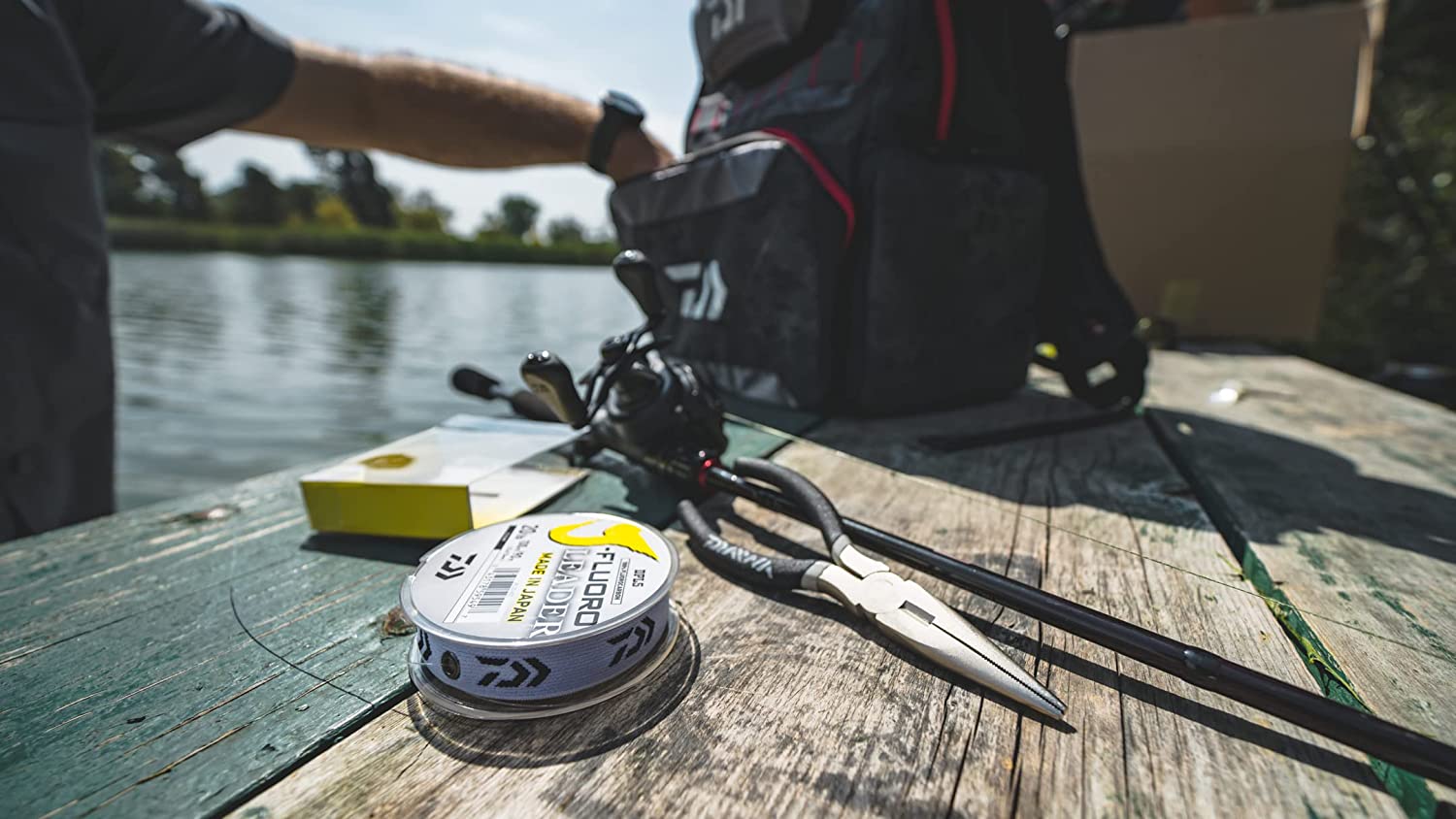
What is Fluorocarbon Fishing Line?
Fluorocarbon fishing line is a type of synthetic material made using fluoropolymers (PVDF), which allows it to be stronger and abrasion-resistant compared to traditional monofilament fishing line. One of the most valuable qualities of fluorocarbon line is its refractive index, which is incredibly close to that of water. Which means it won’t reflect light like regular mono does—making it virtually invisible once submerged. This can be especially helpful when trying to catch wary fish who may be spooked by visible lines in the water.

Fluorocarbon offers several advantages over traditional mono lines, such as increased strength and durability due to its higher density; improved abrasion resistance; better UV resistance; and longer castability. It also has greater sensitivity which helps anglers feel the slightest of bites, even if they’re fishing in deep waters. These qualities make fluorocarbon an ideal choice for anglers who want a reliable fishing line that will last longer than regular monofilament without compromising performance or visibility underwater.
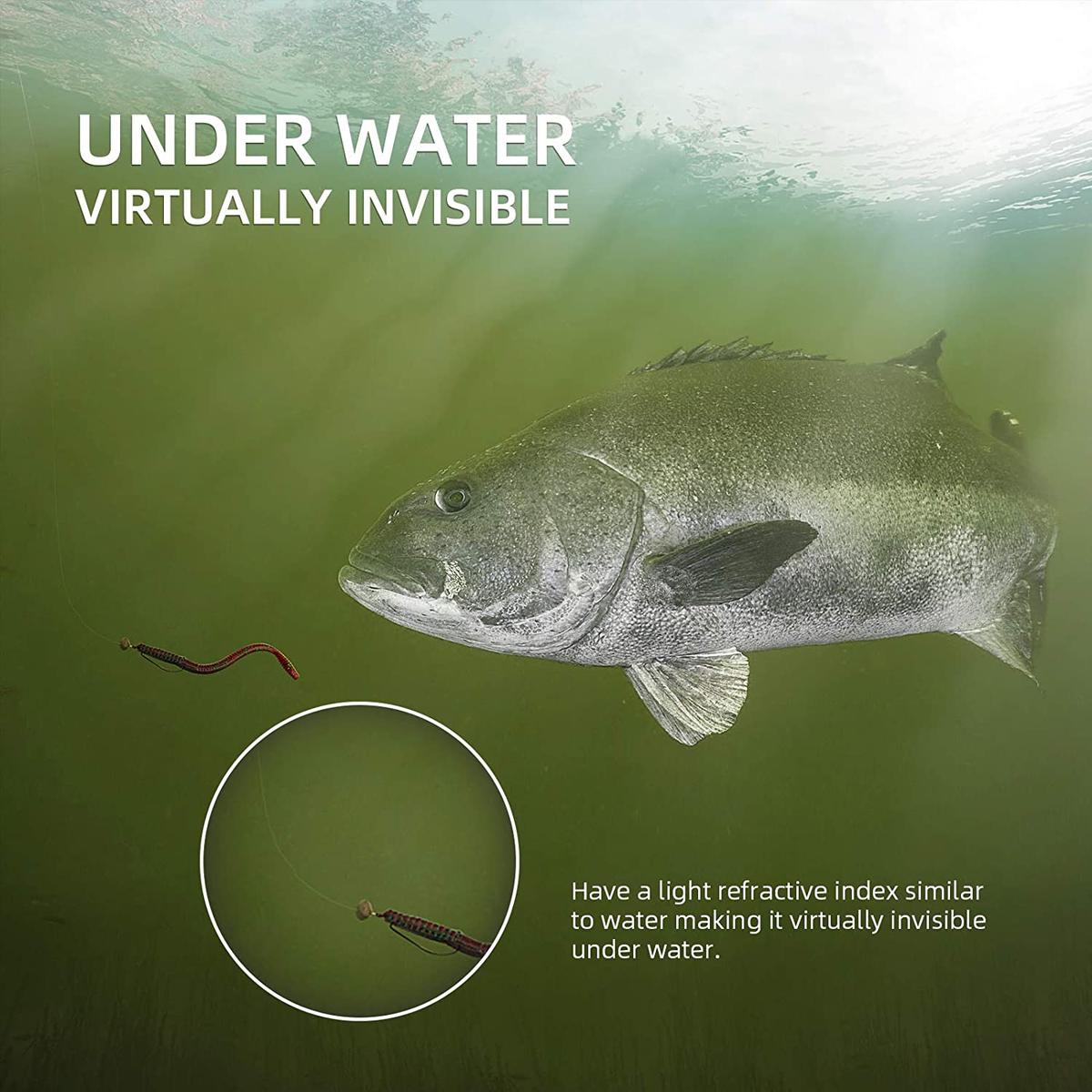
Strength
When shopping for a fluorocarbon line, it’s important to consider the line strength. It pays to consider not just its strength but also its ability to endure abrasion. Strength is usually measured in pounds or kilograms and describes how much weight it can bear before snapping, yet this isn’t enough – you need one that’s strong against rock surfaces, boat sides and rod guides too! Don’t get caught out with an inadequate line when your big moment comes – like finally catching that prized fish! That’s why selecting a strong line that withstands wear and tear should always be your priority.
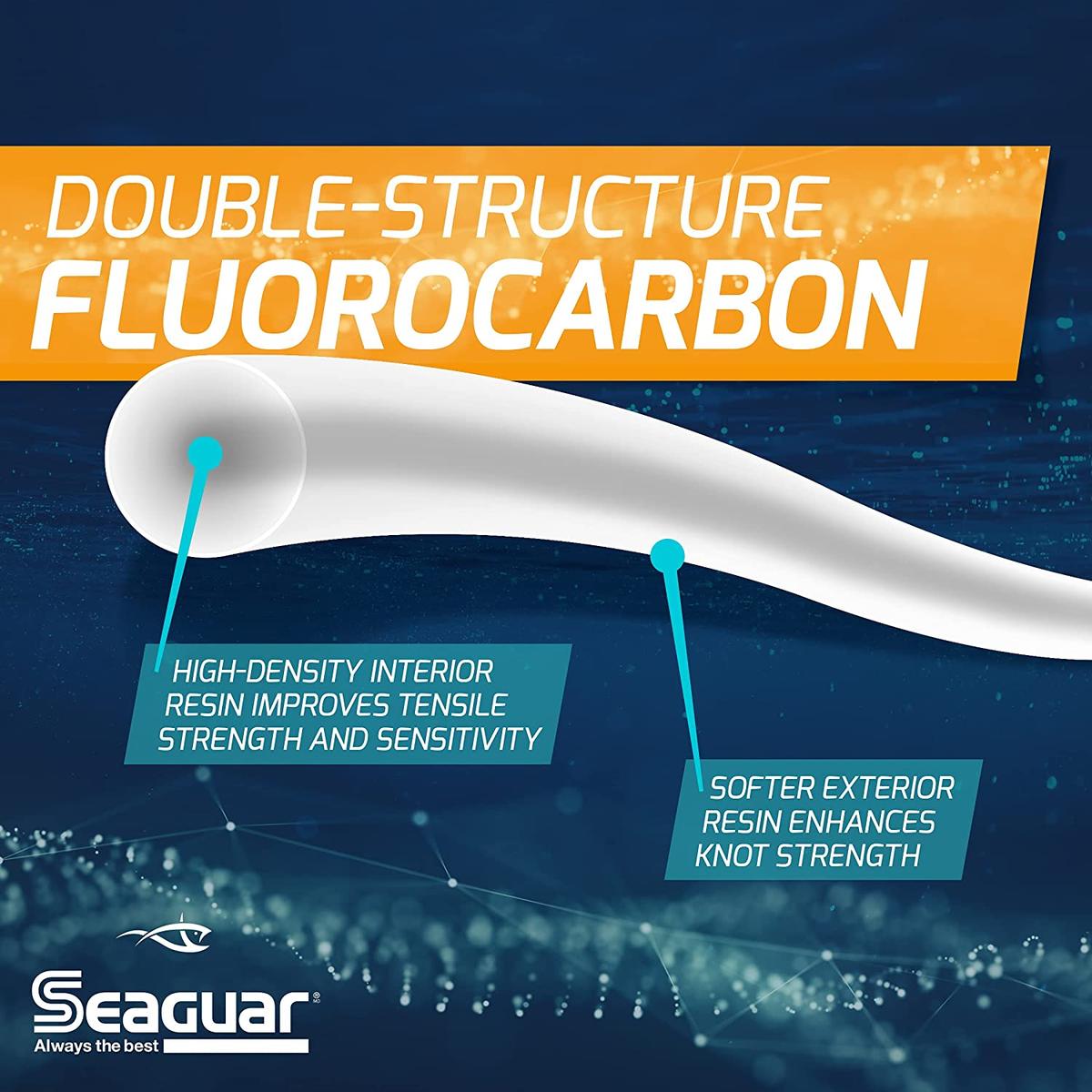
Diameter
When it comes to fishing line, diameter is a key factor in determining the success of your angling endeavors. Fluorocarbon fishing line has two advantages over monofilament when it comes to diameter: for a given pound test, fluorocarbon is marginally thinner than mono. This gives fluoro an edge in stealth-based fishing situations where you are targeting wary species potentially in hard-fished waters. Going down a line size or so and using fluoro often means the difference between having a great day out on the water and coming home empty-handed.
Fluorocarbon’s thinness can be especially useful when finesse techniques are called for, such as drop shotting or wacky rigging soft plastics for bass. When these methods require light lines that don’t spook fish, fluorocarbon provides an ideal solution due to its small diameter relative to other types of lines with similar strength ratings. It also sinks faster than monofilament which helps keep baits closer to bottom structure without adding extra weight like lead sinkers do – this can be critical when trying to present lures at specific depths while avoiding snags on rocks or logs below them.
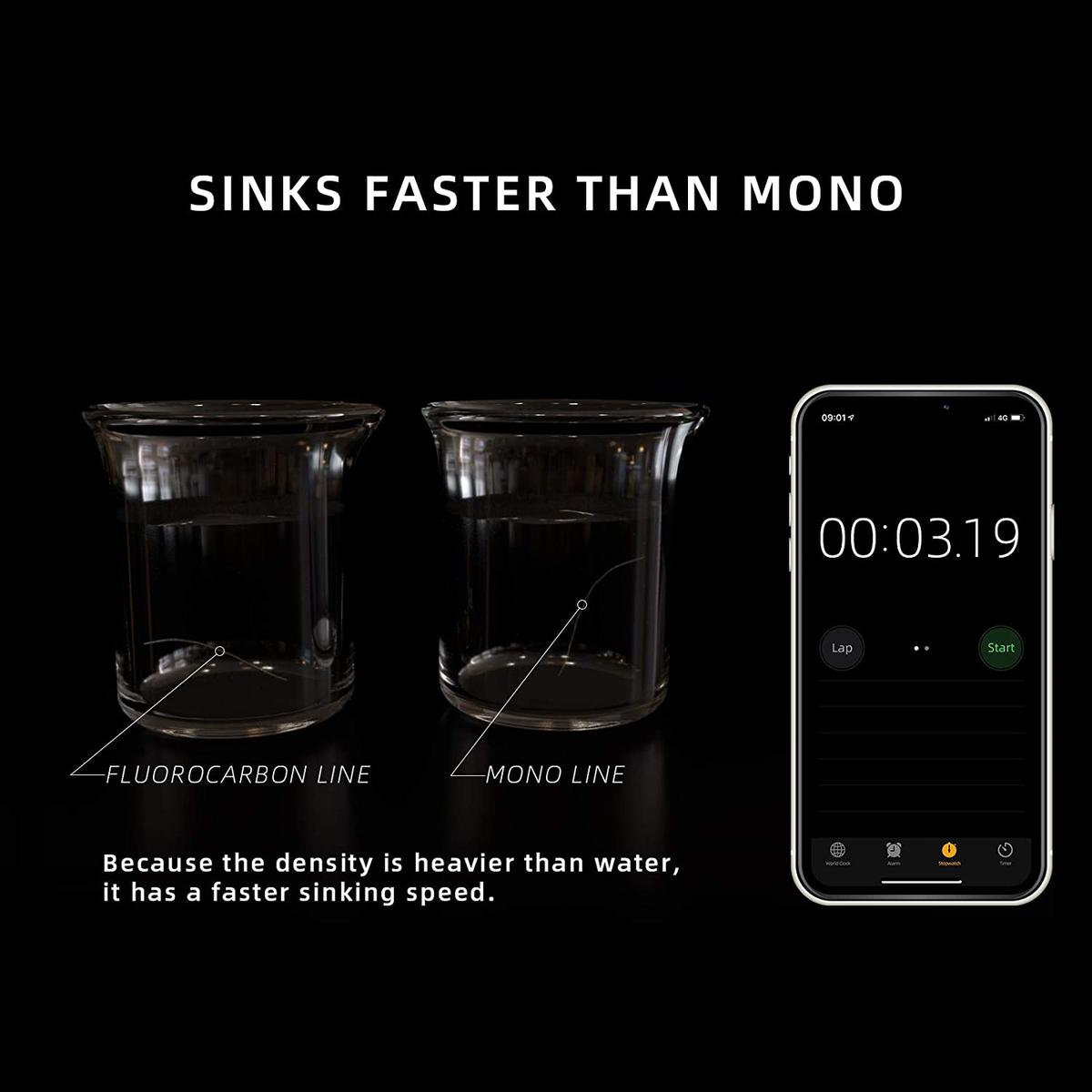
Fluorocarbon’s smaller diameter also enables a more efficient use of reels’ spool capacity, as less material needs to be loaded onto them before reaching maximum drag settings. This can prove invaluable when fighting large gamefish such as tuna or marlin that require high drag pressures but still need plenty of backing on their reels during extended runs after being hooked up.
When it comes to diameter, the thicker your fluorocarbon line is, the more abrasion-resistant it will be. However, a thinner diameter can provide increased sensitivity and less visibility in the water – making it ideal for stealthy fishing techniques. Now let’s take a look at density and how this affects performance.
Key Takeaway:
Fluorocarbon fishing line offers a thinner diameter and increased sensitivity compared to monofilament, allowing for more efficient use of reel capacity and improved stealth-based techniques.
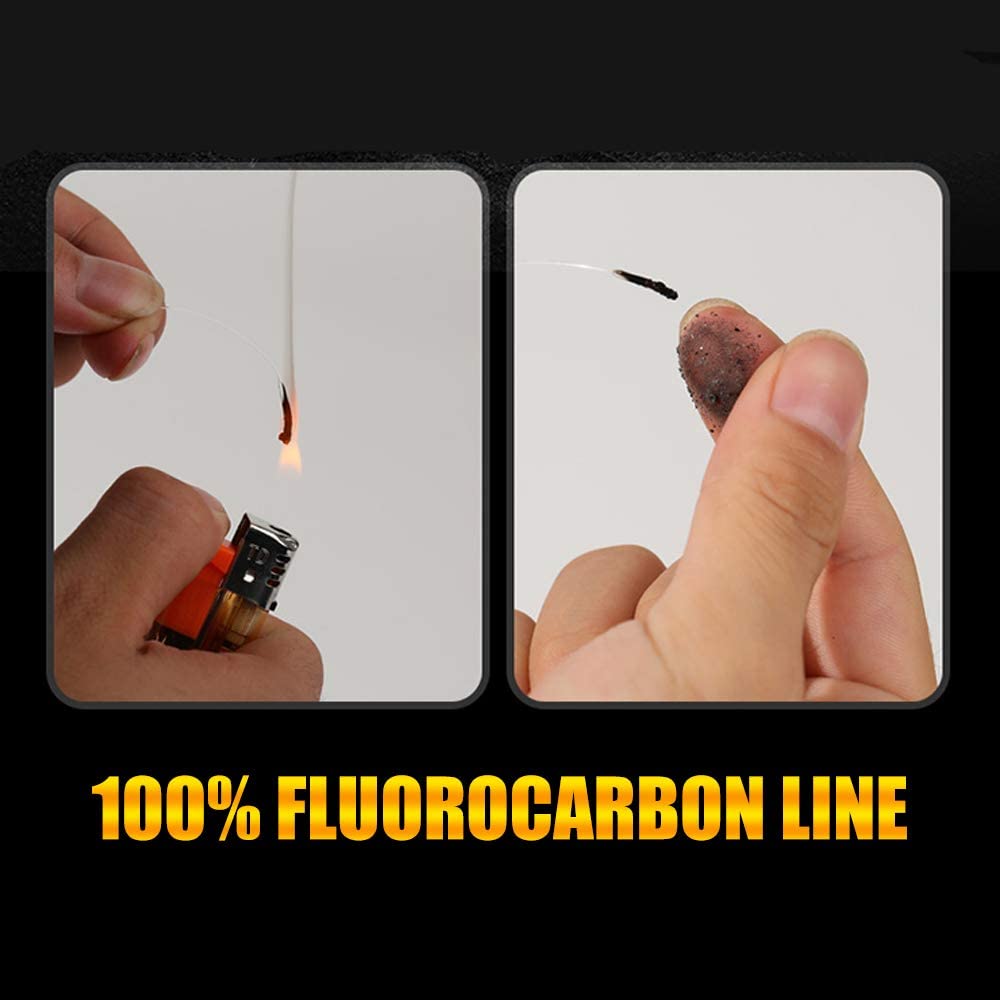
Density
Fluorocarbon fishing line is denser than mono, which tends to float or suspend in the water column. This means that fluoro sinks and can be a great choice for presentations where you want your lure or fly to sink naturally. The high density of fluoro makes it less suitable for situations where you need the line to float, such as when using topwater lures.
The difference in density between fluorocarbon and monofilament lines has an effect on how they cast and present baits. Fluorocarbon is much heavier than mono, so it takes more effort to cast long distances with it. However, this heaviness also gives fluorocarbon greater sensitivity compared to other lines – meaning anglers can feel even subtle bites from fish more easily while using fluoro.
When choosing a fishing line based on its density, it is important to consider what type of presentation you are trying to achieve with your bait or lure. If you are looking for a natural sinking action then fluorocarbon may be the best option; however if you need something that will stay afloat, then monofilament might be better suited for your needs. Understanding the differences between these two types of fishing lines before making a purchase decision is essential in order to get exactly what works best for your situation.
Density is a key factor to consider when purchasing fluorocarbon fishing line, as it can determine the type of lure and bait you use. But there are other considerations too; flexibility being one of them. Let’s explore this in more detail next.
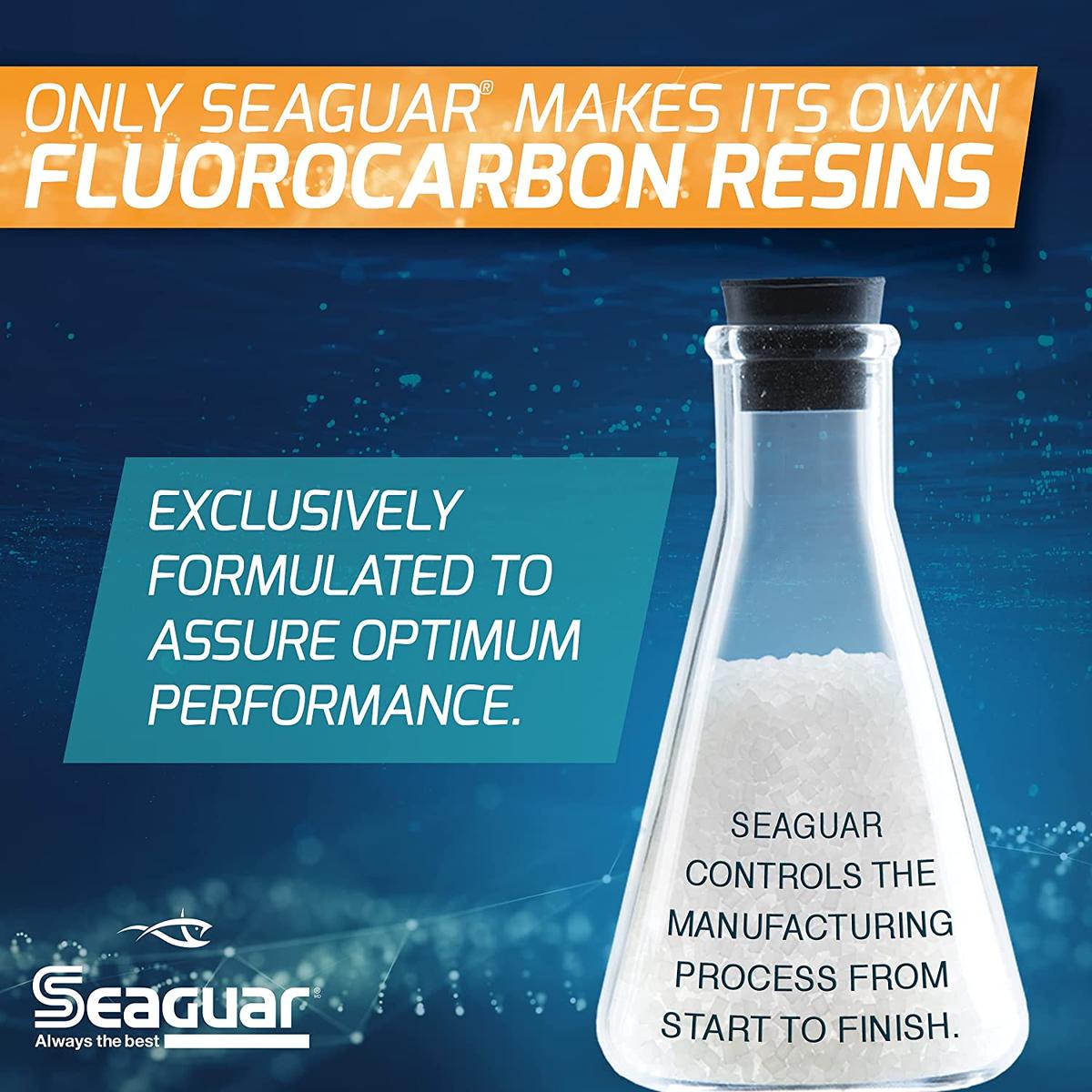
Flexibility
Flexibility is not one of the fluorocarbon fishing line’s strengths. Fluorocarbon lines are stiffer than monofilament lines, making them more difficult to handle when tying knots. This means that extra care needs to be taken when tying knots in fluoro so they will hold up under pressure and not snap or come loose during a fight with a fish. It’s important to pay attention to how your knot looks after it has been cinched down tight and make sure it is secure before you cast out your line.
When selecting a fluorocarbon line for use in saltwater or freshwater fishing, look for one that offers good knot strength as well as flexibility. A good quality fluoro should have enough give so that it can be easily manipulated while still providing the necessary strength needed for fighting big fish. The diameter of the line also plays an important role in its flexibility; thinner diameters offer better handling characteristics but may lack the strength needed for larger species like tuna or marlin.
The density of the material used in making fluorocarbon lines also affects their flexibility and performance on the water. Heavier densities provide greater abrasion resistance but can be less flexible than lighter materials which tend to stretch more easily under load from large catches or strong currents. Finding a balance between these two qualities is key when choosing a suitable fluoro for any given situation; too much stiffness can cause problems with casting accuracy while too much stretchiness could lead to lost lures due to weak knots breaking off mid-fight.
Flexibility is key when it comes to fluorocarbon fishing line, as it can help you cast further and more accurately. But don’t forget about knot strength – the next heading in our guide – which is equally important for a successful day of fishing.
Key Takeaway:
The key takeaway is that when selecting a fluorocarbon fishing line, it’s important to consider the diameter, density and knot strength in order to achieve the best performance for any given situation.

Knot Strength
A good knot should be able to hold up to the weight and strain of a heavy catch without breaking or coming loose during a fight. This is especially important for fluorocarbon lines due to their stiffness, making them more difficult to tie than monofilament.
For fluorocarbon fishing lines, use a knot that will provide a strong and secure connection between the line and hook. Some of the best knots for this purpose include the double uni knot, palomar knot, and snell knot. When tying a fluorocarbon knot, make sure to pull the line tight and cinch it down. This will ensure that your knot maintains its shape and strength for a secure connection.
Key Takeaway:
Use the double uni knot, palomar knot and snell knots for tying fluorocarbon fishing lines for maximum strength and security. Pull the line tight and cinch it down for a secure connection that will hold up to heavy catches.
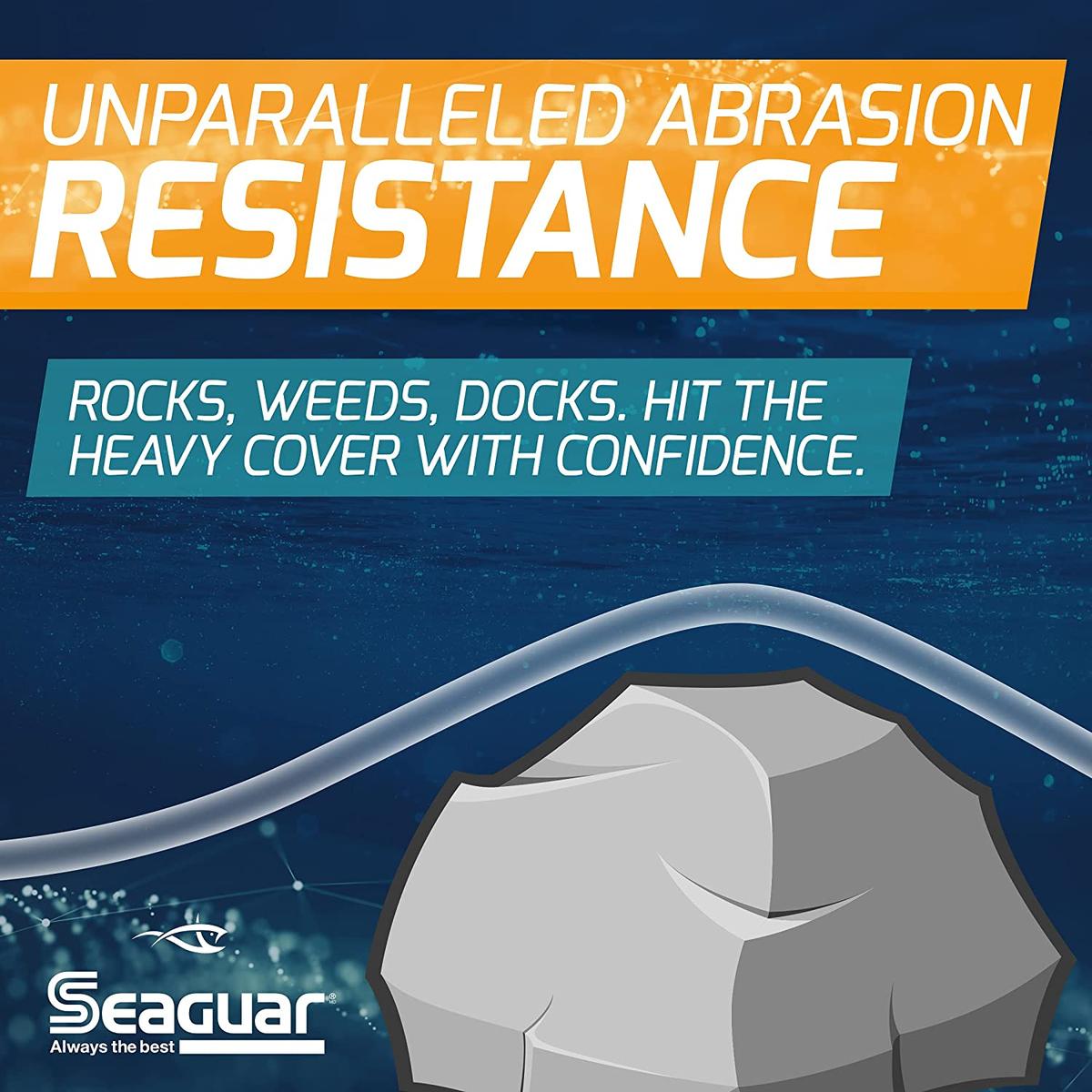
Abrasion Resistance
Abrasion resistance is one of the major factors to consider when choosing a fluorocarbon fishing line. The ability of the line to withstand abrasion from rocks, reefs and other structures will determine how long it will last in any given situation. Most fluorocarbon lines are highly abrasion resistant, but some lines are stronger than others. Depending on the species and where you will be fishing, it is important to select a line that offers the right balance between strength and flexibility.
Fluorocarbon lines are made from polyvinylidene fluoride (PVDF), a material that is extremely resistant to abrasion, making it an ideal choice for anglers who want durability without sacrificing performance.
Abrasion resistance is an important factor to consider when selecting a fluorocarbon fishing line, as it will determine how well the line stands up to wear and tear. Now let’s look at another key feature of fluorocarbon lines: memory.
Key Takeaway:
Fluorocarbon fishing lines are highly resistant to abrasion, making them ideal for anglers who need a line that can withstand wear and tear. Select the right line depending on the species and fishing location to ensure a balance between strength and flexibility. PVDF is an ideal material for maximum abrasion resistance.
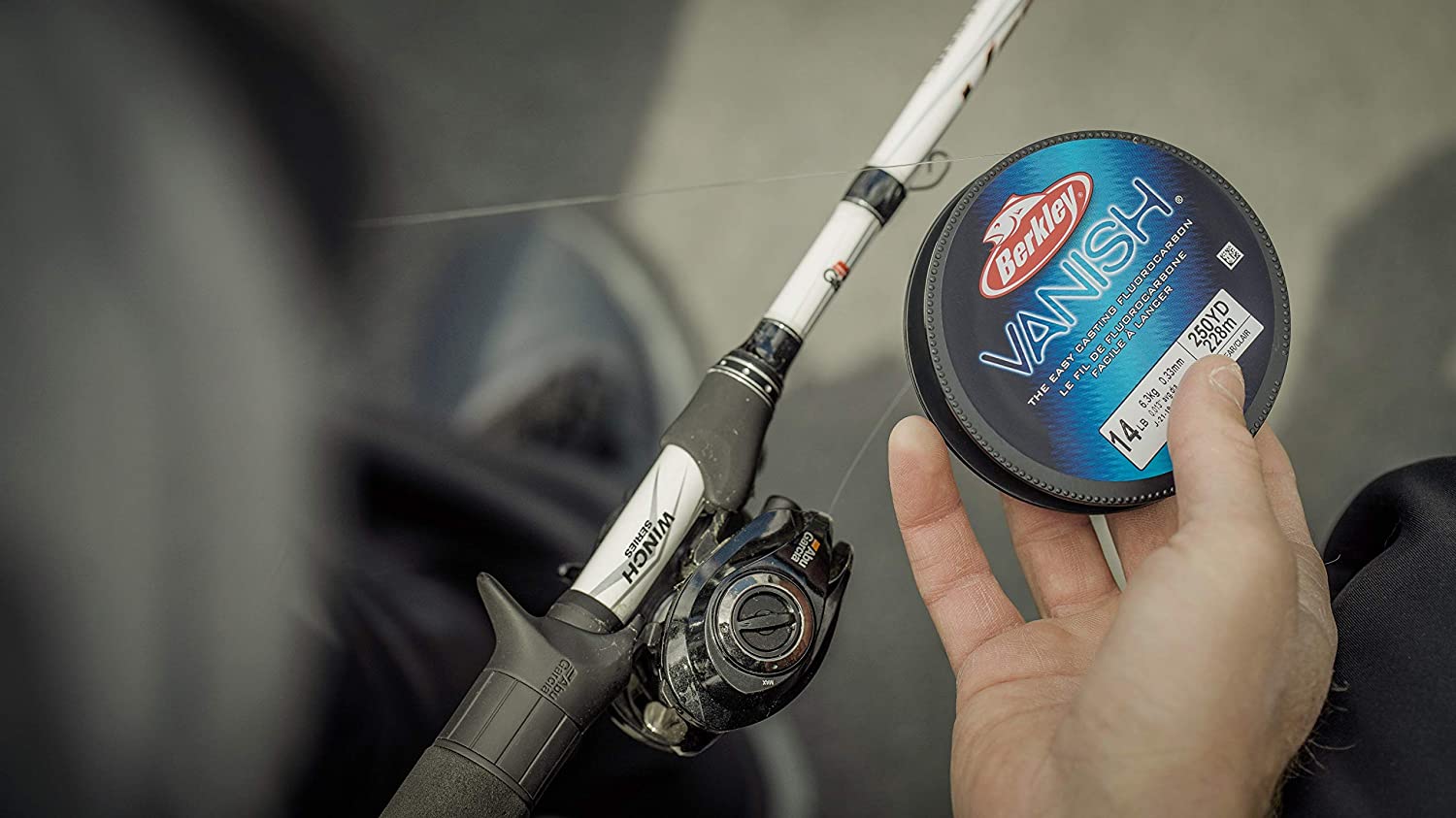
Memory
Memory is the amount of “memory” that a line has. Some lines tend to retain their shape after being stretched and pulled, while others are much more elastic and will stretch out with use. A good example of this is when a line is wrapped around the spool; a line with high memory will retain its shape and position, while one with low memory will be more likely to loosen.
Fluorocarbon is stiffer and has more memory than monofilament, which unfortunately, can be a bit of a double-edged sword. The high memory makes it harder to manage, and it can be more difficult to achieve a good cast. On the other hand, the stiffness of fluorocarbon allows anglers to feel exactly what is happening on the line, making it easier to detect bites and better control the lure or bait
Key Takeaway:
Fluorocarbon has a higher memory than monofilament, allowing anglers to feel exactly what is happening on the line. Unfortunately, this can make it harder to manage and reduces castability.
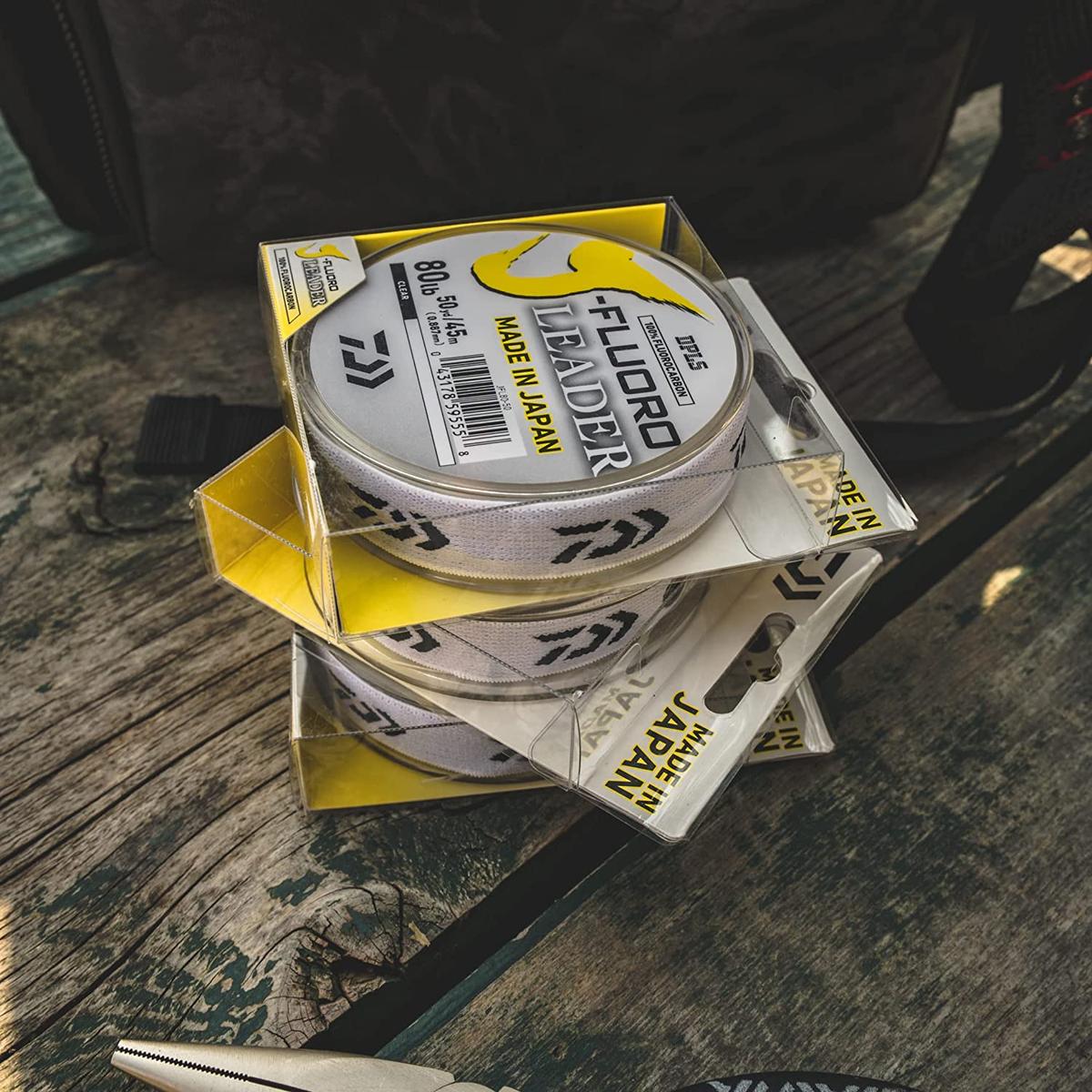
Price
Fluoro is expensive. There’s no getting away from that fact. It costs considerably more per yard than mono lines or braid, making it a less cost-effective option for anglers who need to purchase large amounts of line. That’s why many experienced anglers opt to use fluoro as a leader material coupled with braided or mono line instead. This way they get the invisibility and abrasion resistance of fluoro where they need it, but the main line remains supple and easy to cast with either braid or mono.
Using this method also helps you save money in the long run since you won’t have to purchase as much fluoro. You can buy just enough for your leaders, which will last much longer than if you were using all fluoro throughout your setup. Plus, most brands offer discounts when buying larger spools, so that can help offset some of the initial cost too.
Overall, there is no one-size-fits-all solution when it comes to choosing fishing line. Everyone has different needs based upon their budget and preferences, so it’s important to do research ahead of time to find the best fit for you.
Key Takeaway:
The key takeaway is that there are a variety of fishing lines available depending on your budget and preferences, from fluorocarbon to mono and braided, so it’s important to do research beforehand to find the best fit for you.
Conclusion
When it comes to choosing the right fluorocarbon fishing line, there are many factors to consider. From strength and diameter to abrasion resistance and memory, anglers need to take all of these into account when making their purchase. Our Fluorocarbon Fishing Line Buyers’ Guide is designed to help you make an informed decision that will ensure your success on the water. So don’t wait—start shopping for the perfect line today.
Meet The Author
William O’Reilly is an Australian land-based fishing enthusiast. He discovered his passion for fishing from the shore as a child, when his grandfather would take him out on the water and teach him the ropes. He encourages others to try land-based fishing and believes it is a unique and sustainable way to connect with nature.
He also advocates for responsible fishing practices and conservation. His passion for land-based fishing led him to pursue a career in writing about it, sharing his experiences, knowledge and thoughts about the sport, and inspiring others to appreciate and explore it.
You Might Also Like
If you enjoyed reading this blog post on The Best Fluorocarbon Fishing Line, you might also be interested in:
- How To Catch Bream | An Ultimate Guide
- How to Catch Australian Salmon | #1 Ultimate Guide
- Best Fishing Drones in 2023 | #1 Ultimate Guide
- Top 6 Best Rock Fishing Cleats In 2023
- How To Catch Mulloway Jewfish | The #1 Comprehensive Guide For Beginners!
- How to Catch Kingfish – #1 Comprehensive Guide for Beginners
- 6 Best Breakwall Fishing Tips To Help You Catch More Fish
- 6 Useful Tips on How To Catch Flathead
- 11 Simple Beach Fishing Tips – Easy For Beginners
- How to Drone Fish 101 – Ultimate Guide To Help You Catch More Fish
Tags:
#Best Fluorocarbon Fishing Line, #Best Fluorocarbon Fishing Line Guide, #Best Fluorocarbon Fishing Line in 2023, #Best Fluorocarbon Fishing Line Leader, #Best Fluorocarbon Fishing Line Buyers Guide,#Best Fluorocarbon Fishing Line Product Review,

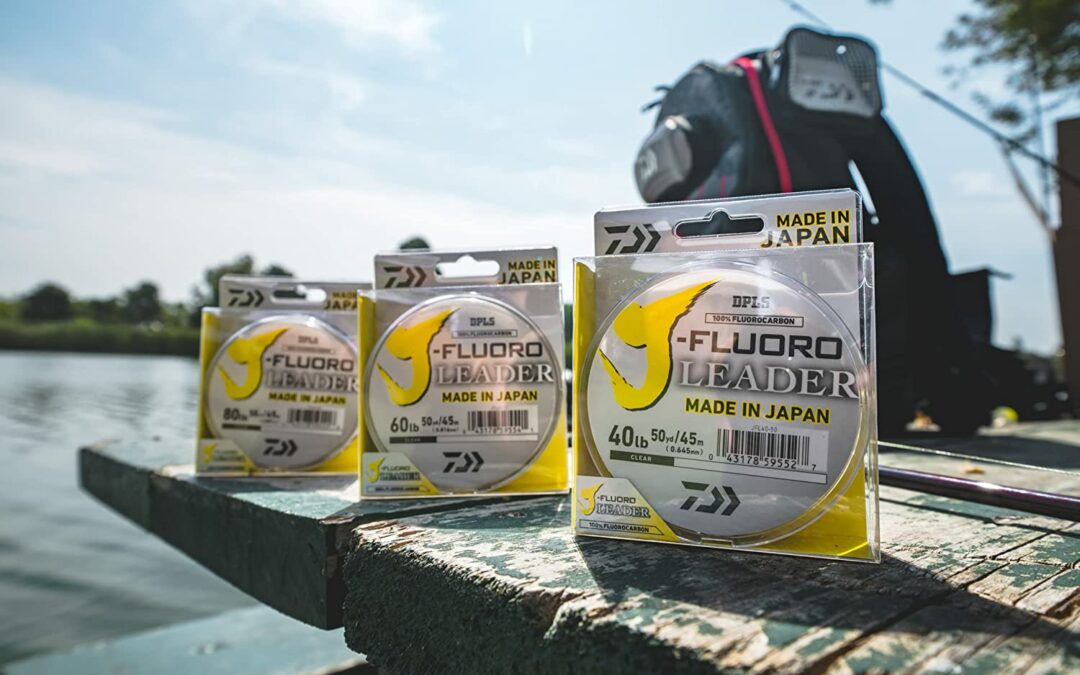
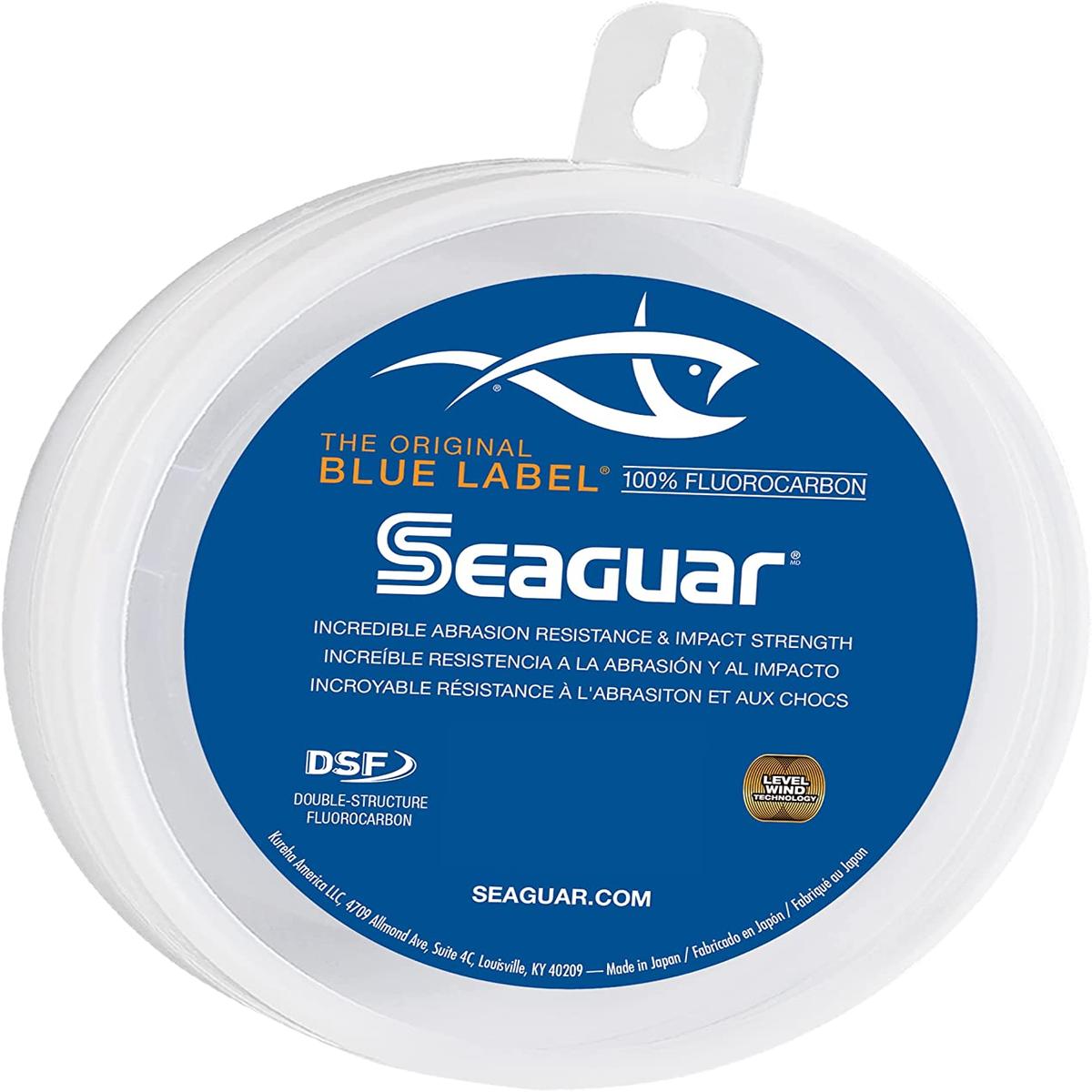
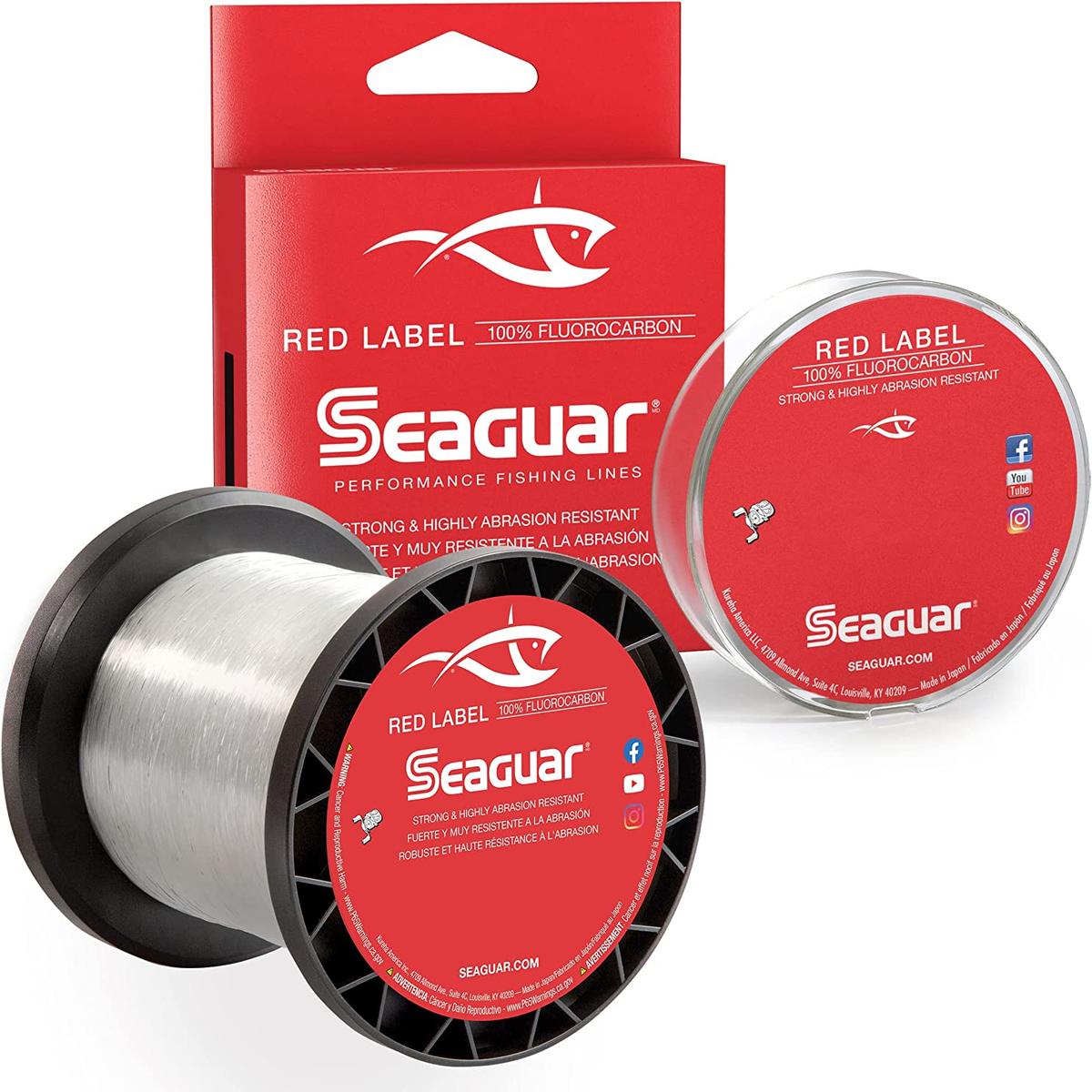
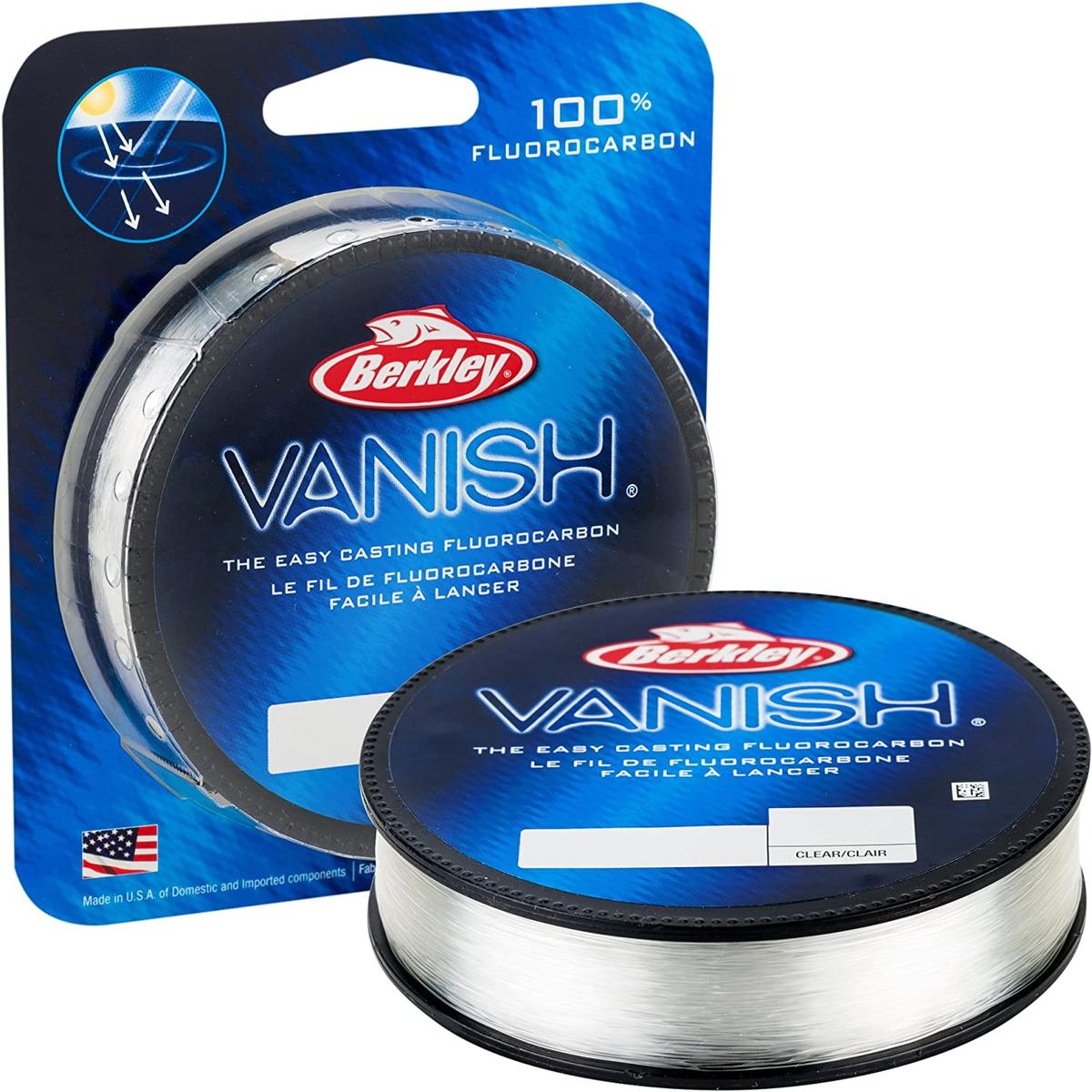

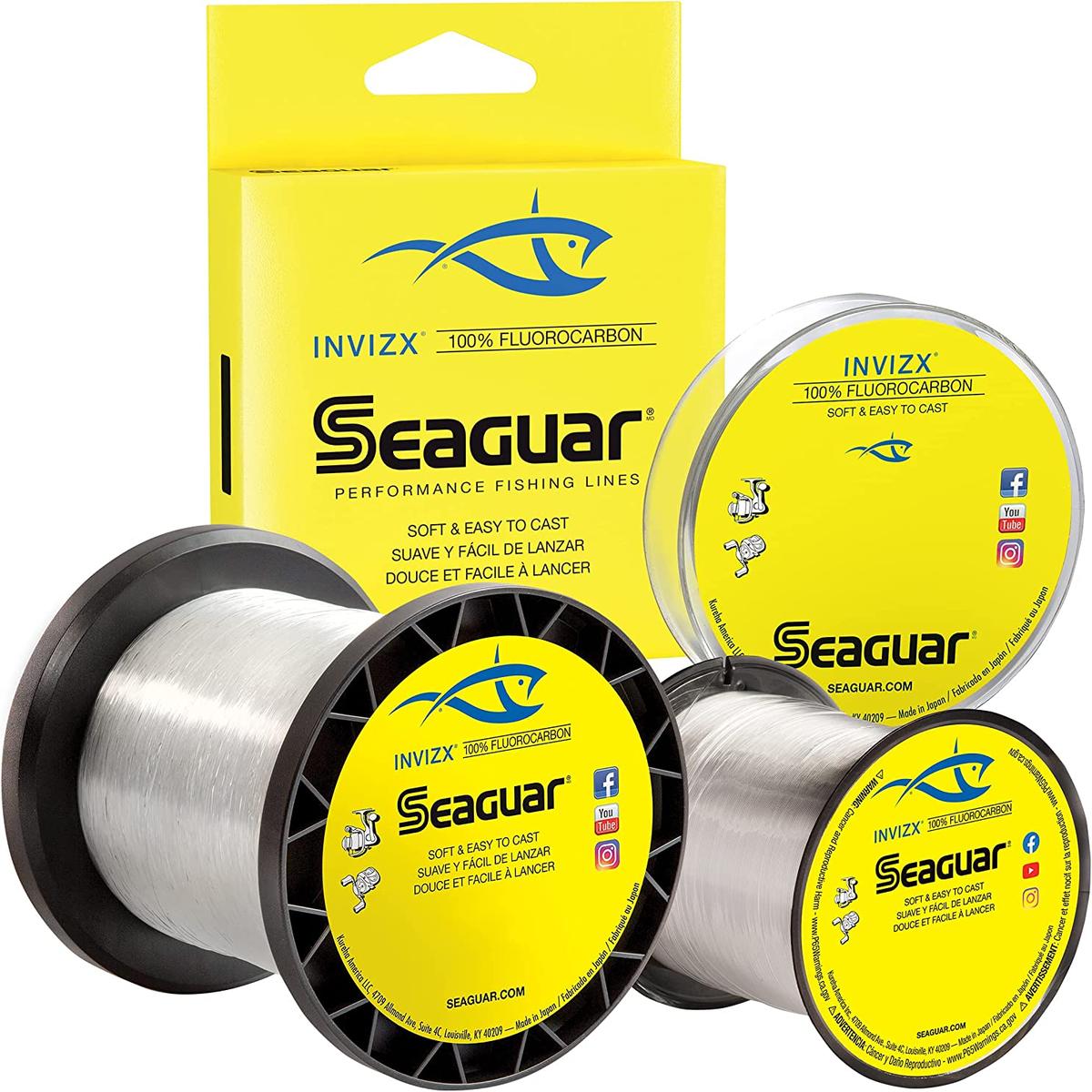
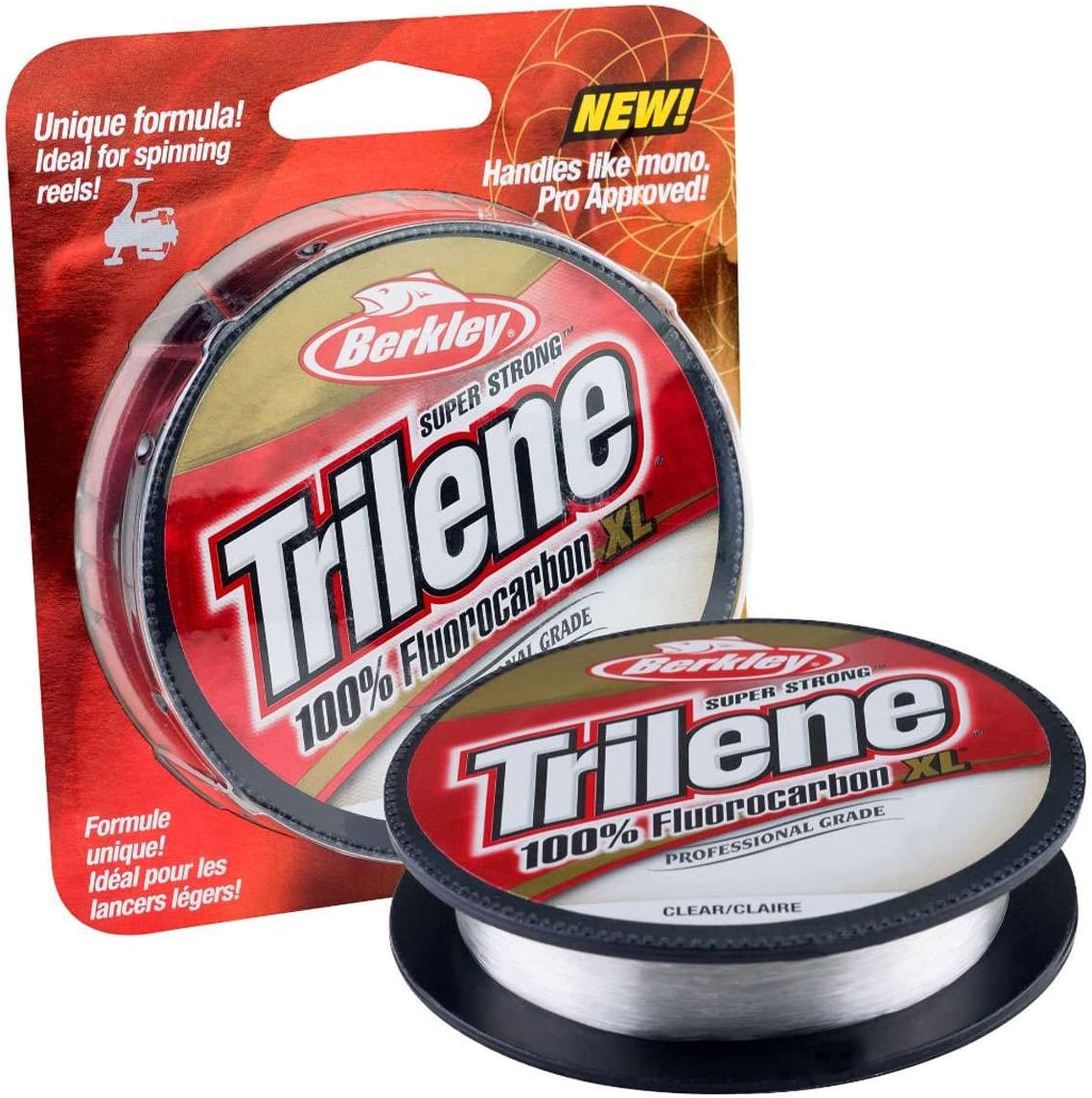
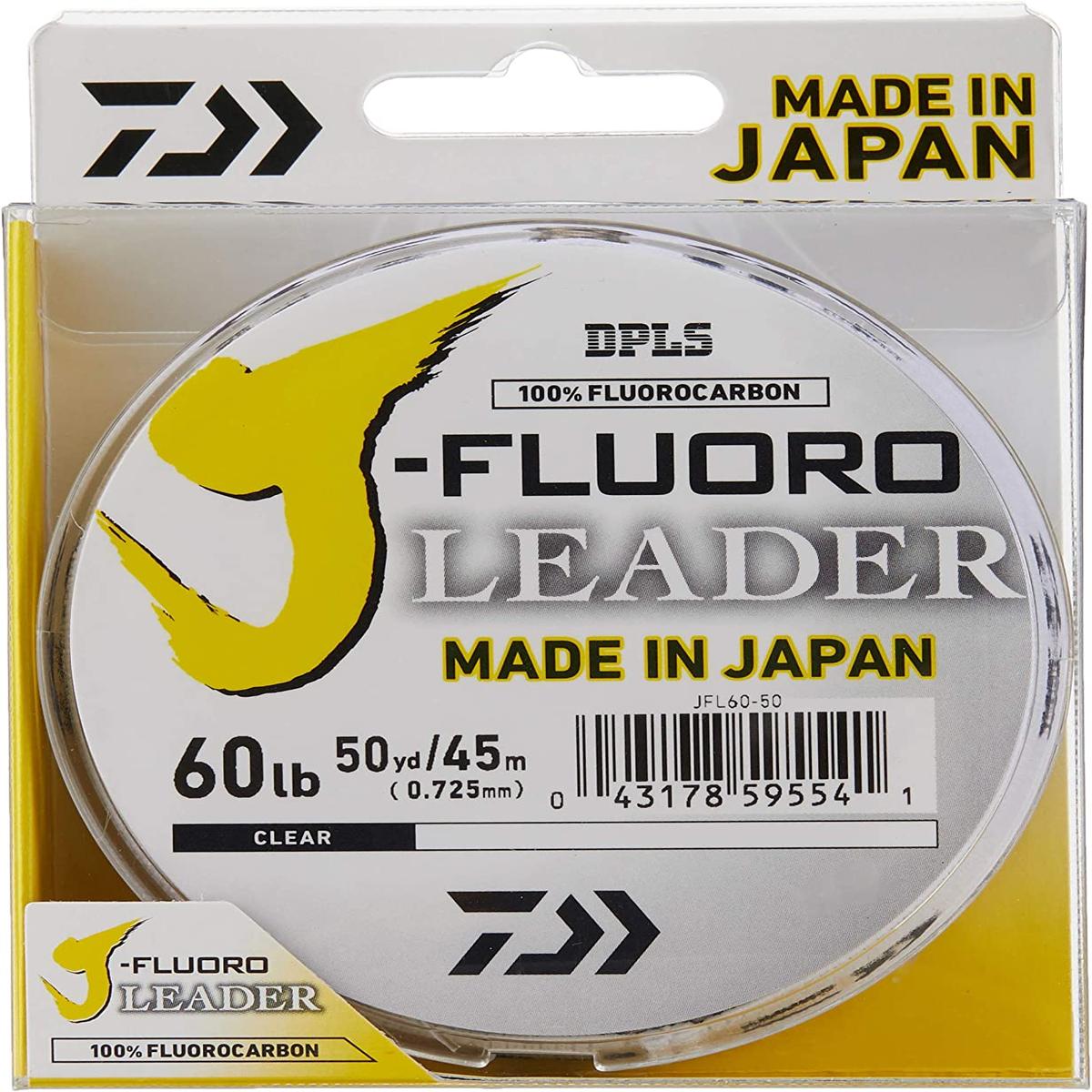

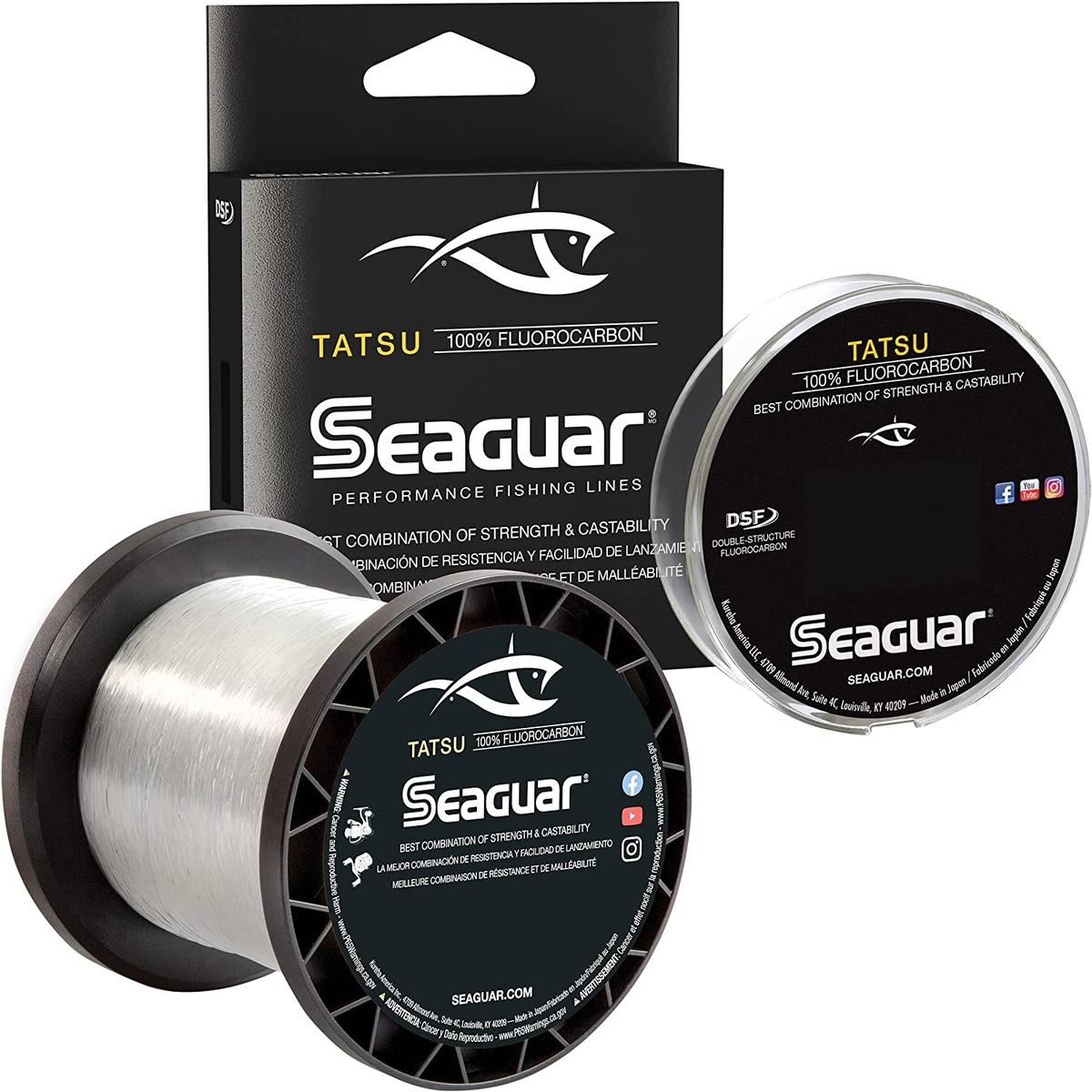
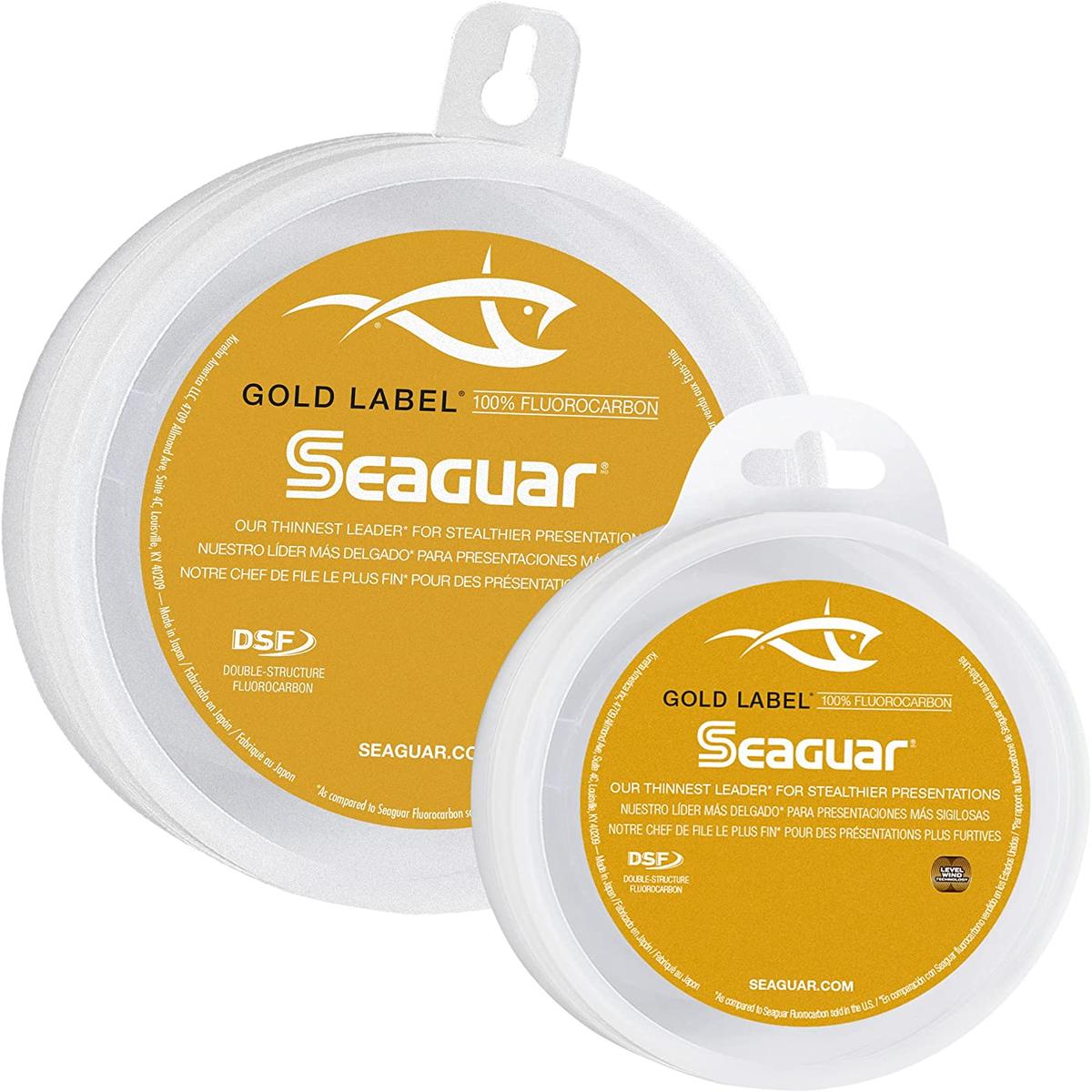
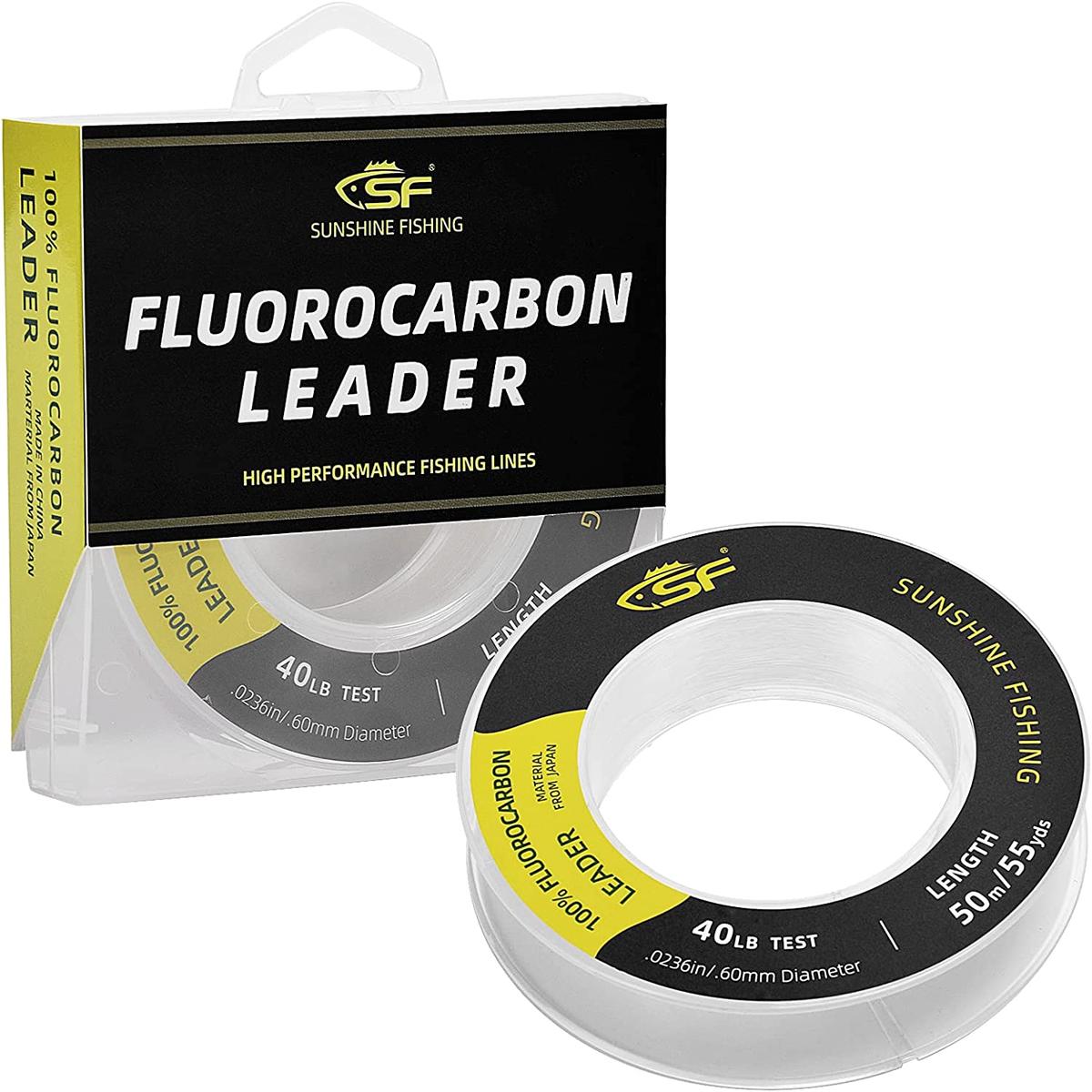
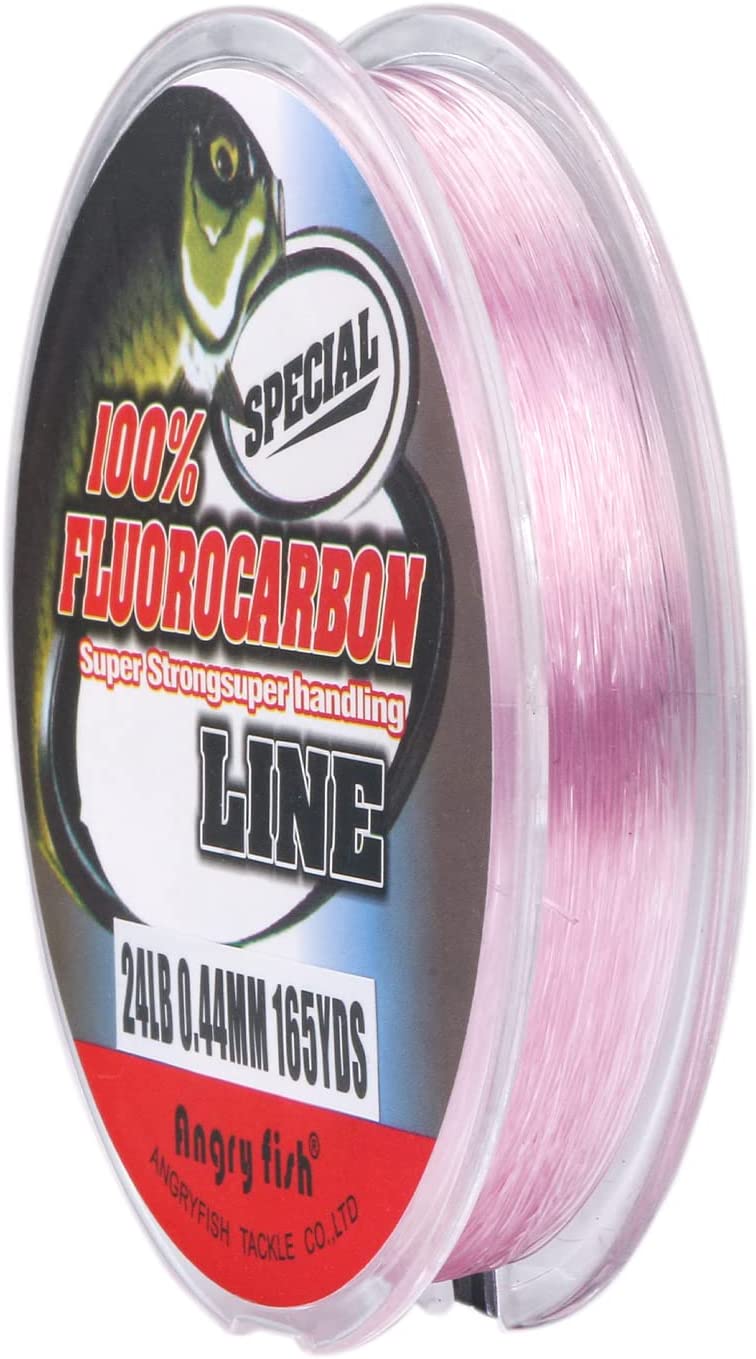
Recent Comments